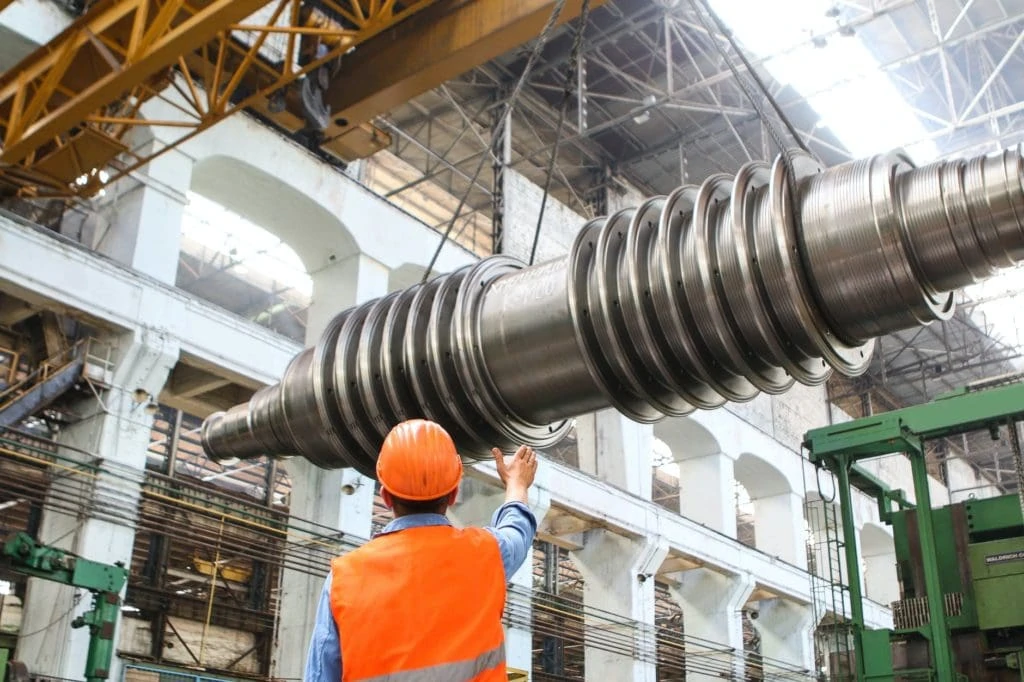Global supply chains are fragile, and experiencing shortages in your workflow can drastically impact your bottom line.
If you want to keep up with fluctuating demands, an effective supply chain management process is non-negotiable.
However, not all businesses have a robust supply chain workflow in place.
If you want to maintain a steady flow of resources while keeping your business profitable, this guide will tell you:
- What you need to know about supply chain management.
- How to implement supply chain management.
What is supply chain management?
Supply chain management (SCM) refers to the handling and centralized administration of your production process. It covers all processes that turn raw materials into a finished product.
Why supply chain management is important
Regardless of your industry, SCM can provide many benefits, including the following.
Balances demand and capacity
Inventory management doesn’t just ensure that you can meet customer demands but also prevents excess inventory.
Having “just enough” raw materials keeps your bottom line afloat because you aren’t spending more than you can afford.
Identifies problem areas
If your customer satisfaction levels aren’t where you want them to be, SMC can help you identify supply chain workflow disruptions.
Data analysis prepares manufacturers for potential shortages and forecasts accurately.
Optimizes prices
Seasonal products don’t have long shelf lives, so you want them out of your inventory as soon as they go out of style.
SCM can help you price these products dynamically to maximize profits and improve margins while preventing overstock.
Lowers shipping costs
Limiting your number of distribution channels can reduce distribution costs.
Streamlining your distribution process and working with shipping aggregators can help you maintain a more substantial cash flow.
Enhanced business agility
Clearly-defined business process workflows keep your company adaptable to change.
Ample supply planning helps your SCM anticipate adjustments, shortages, or excesses.
What is the supply chain management process?
The supply chain management process oversees all your manufacturing operations and comprises four sections.
Supply management
You can split supply management into five categories:
- Supply planning: How can you best meet the goals indicated by your demand plan??
- Inventory planning: What is the optimal inventory quantity for meeting customer demands?
- Production planning: How can you best allocate resources, materials, and employees?
- Capacity planning: How much equipment and production staff do you need to complete your output goals?
- Distribution planning: How do your materials move from production to supplier to manufacturer to distribution?
Demand management
Contrary to supply management, demand management comprises only three categories:
- Demand planning: Aligns inventory levels and supply chain activities to demand forecasts.
- Trade promotion planning: Increases product demand through marketing efforts like optimized pricing, promotions, value-added bonuses, product demonstrations, and display fixtures.
- Merchandise planning: Maximizes ROI by optimizing merchandise distribution in various locations at calculated prices.
Sales and operations planning
Sales and operations planning (S&OP) aligns demand, supply, and finances, so your manufacturing business stays profitable.
Through S&OP, managers develop forecasts based on geographical needs for specific products and services.
Managers do S&OP monthly, quarterly, or biannually depending on company size.
Product portfolio management
Product portfolio management covers product ideation up to the initial market introduction.
The process involves analyzing performance and anticipating its product life cycle.
Some products will end their profitable lives sooner than others, while others can adapt with strategic marketing.
What is a workflow in supply chain management?
Workflows in a supply network consist of activities for optimizing resources, processing information, maximizing sales, and satisfying consumer demands.
These supply chain workflows indicate every step a project manager should take to facilitate end-to-end product delivery.
The ultimate goal of supply chain management workflows is to improve critical points of the delivery process.
From first to last, a typical supply chain workflow has the following phases:
- Planning.
- Sourcing.
- Production.
- Inventory management.
- Logistics.
Types of workflows in SCM
The manufacturing process comprises these three unique SCM workflows.
Material flow
The material flow SCM model outlines how resources move in your system, from raw materials to assembly to inventory to distribution.
A positive material flow indicates that your stock moves steadily and predictably. The quicker your items move and the fewer delays they experience, the better you shrink the cash cycle.
Value stream maps (VSMs) help managers visualize how items move across their system and how long the journey takes.
Information/data flow
The information or data flow SCM model follows critical information like purchase orders, schedules, quotations, and supplier reports from supplier to customer and vice versa.
Keeping every department in this information loop increases accuracy, reduces human error, and makes workflows predictable.
Money flow
The money flow SCM model tracks your cash flow as you sell and distribute products.
Typically, this model follows costs involved in the following:
- Transportation.
- Inventory storage.
- Packing.
- Capital.
- Administration.
How to improve your manufacturing supply chain workflow
The global market is constantly expanding, so continuously improving your supply chain workflows is imperative to your business’ success.
Implement these best practices in your supply chain management system to ensure a smooth production cycle.
Use real-time data
Connected supply chain planning involves several players, such as suppliers, manufacturers, producers, and consumers.
Thanks to real-time data, you never miss out on sudden changes and can guarantee the accuracy of information.
Plus, you can plan around “what if” scenarios and develop practical contingencies.
Automate specific processes
Automating manufacturing processes can increase warehouse efficiency while reducing human error on administrative tasks.
Furthermore, supply chain workflow automation decreases operating costs, as you can afford to employ less staff or move existing staff into more money-making roles.
Study supply chain trends
Anticipating what the global supply chain might look like can future-proof your business.
A few trends you should keep your eye on include:
- Artificial intelligence: Artificial intelligence (AI) and machine learning (ML) models provide superior predictive marketing intelligence that improves audience targeting and demand forecasts.
- Blockchain: Cryptocurrency is forcing manufacturers to keep up with new processes and methods of interconnectivity. You can reduce data redundancy by incorporating smart contracts in your approval process.
- Privacy: Consumers care about their privacy, and so should you. Supply chain partners must adhere to changes by the General Data Protection Regulation (GDPR) to protect information.
Key takeaways
Knowing how volatile the global supply chain can be, robust material management and highly systemized workflows are necessary for success.
Supply chain management ensures that your product manufacturing processes are cost-effective, without error, and profitable.
And the best way to improve your internal operations is to use real-time data, automate specific processes, and stay updated with trends.
You can make the online supply chain management process simple and intuitive with a full-service CRM like Method:CRM.
Method automates repetitive tasks involving processing orders, managing inventory, and distributing goods.
Watch the video to better understand its capabilities:
Supply chain workflow FAQs
What is a supply chain structure?
A supply chain structure refers to every moving component of your supply chain. These elements include raw materials, supply chain stakeholders, equipment, staff, and other processes.
What is the supply chain life cycle?
The supply chain life cycle outlines and enumerates the entire journey of a product, from ideation to execution to sales.
What are the five stages of the supply chain?
The five stages of the supply chain are planning, sourcing materials for production, manufacturing, delivery, and returns.
Watch the demo and automate your supply chain workflow today!
Image credit: Tiger Lily via Pexels


